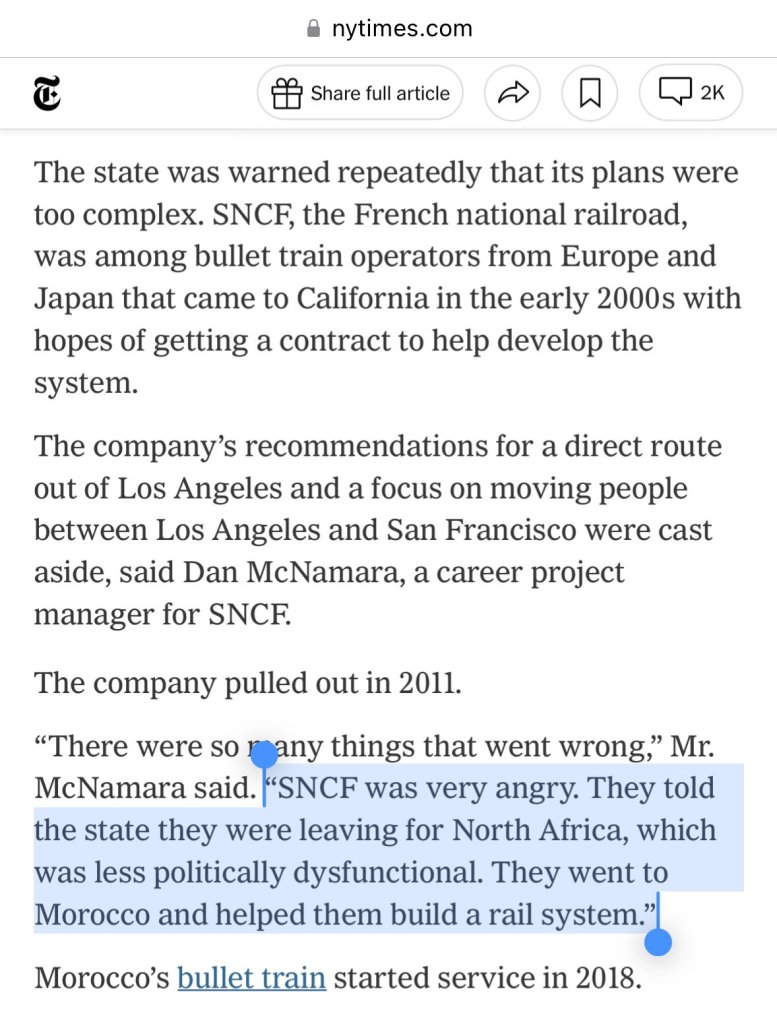
It’s election season, so I’m being inundated with election spam on every social media and traditional media I use. I know election posts probably aren’t people’s favorites, but this is the streams of my consciousness and I just wanted to vent.
To start with, some of the twitterati are pulling an absolute masterclass in doublethink. Centrists in the commentariat have been crowing for the last 4 years about how Biden has pumped more oil than any president in history. They’ve been dunking on Republicans about how despite Trump and the GOP’s rhetoric, Biden is more carbon friendly than Trump was.
Now, every words of this is true. I pointed out years ago how despite a small pandemic dip oil production has steadily increased during both Biden and Trump’s presidencies. Biden has inherited a fracking boom, and has not done anything to clamp down on it, so record-setting oil production is to be expected.
But the same commentariat that will crow about Biden’s oil boom will screech in anger and confusion when climate groups like the Sunrise Movement announce they won’t support Biden’s re-election. How can they do that? How can they refuse to support the president who has pumped more oil than any other in history? Gee, maybe because Democrats have said that Climate Change is an existential threat for years, and these folks actually believe it? Seems pretty obvious to me why the Sunrise Movement and other climate groups wouldn’t be happy with Biden’s energy policy.
As a defense, the commetariat likes to point to Biden’s massive spending bills. Billions and billions of dollars are being pumped into the green energy sector, and Democrat columnists are producting hockey-stick graphs comparing Biden’s green spending to previous presidents as proof of his climate success.
The problem with this is that the point of the government isn’t just to spend money. The point of the government is to get results. How much has that billions of dollars actually achieved?
For example, we all know that switching to electric cars is hard when there’s so few charging stations. Biden’s climate bills were supposed to build charging stations across the country to combat this. How many charging stations have Biden’s Billions actually created? As of May this year, just 8. But don’t worry, that number is growing! In March it was just 7! With a rough estimate of 1 charging station every 2 months, can anyone say these billions (trillions!) of dollars are being well spent?
This is exactly the kind of thing that If We Can Put a Man on the Moon… discussed. Politicians are incentivized to declare victory immediately for their re-election campaign. This leads to them touting metrics like “amount of money spent” instead of something actually useful like “miles of track laid” or “amount of actual EV infrastructure.” And since “money spent” is the only metric politicians are focusing on, that money gets spent extremely badly.
Years later, when the money is all spent and the infrastructure is still crumbling, a new campaign will of course arise, saying we now need to spend even *more* money to fix this thing that should have been fixed with the first tranche.
Let me be clear: I believe that climate change is a problem we need to address. But I do not think government spending is the best way to address that. In the last year, Tesla has built around 40 times more EV charging stations than Biden’s infrastructure bill, and they didn’t use taxpayer money to do it.
So why does it *have* to be government spending? I think it’s honestly because a lot of politicians don’t believe that companies can ever accomplish things. When you spend your entire life in government, every problem looks like a taxpayer-funded nail.
The government *can* solve these problems, but it doesn’t need to spend billions to do so. You really want to improve charging infrastructure? Tax gasoline. Tax oil. Tax every step of the refinement process. You will see how quickly consumers shift to electric cars, and how quickly companies spring up to service those electric cars. Hell, a network of gas stations already exists all across the country. If gas was taxed and consumers switched to electric cars, those stations would quickly be forced to switch from offering gas to offering fast electric charging.
You may say that a gas tax would hurt American consumers, but it would hurt them no more than the spending-fueled inflation that America has right now.
Here’s the funniest thing: politicians have adopted the language of the market and claimed that government spending is an investment. We are investing in green energy. But investment expects a return, and if the return on billions of dollars investment is 8 or so EV stations, that isn’t an investment, it’s a ripoff.
Biden chose to keep oil cheap and burn money on 8 EV charging stations. Is it any wonder climate activists don’t appreciate him? When success if measured in dollars spent, then failure is assured.